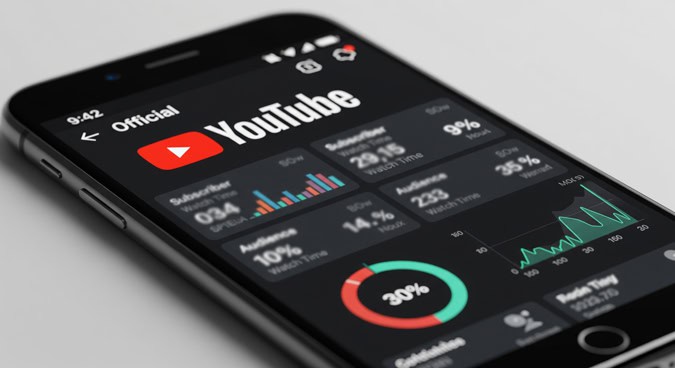
In a recent post, we explained how we built our internal creative workflow to improve our clients’ paid social campaigns.
But once we build a creative pipeline, how do we introduce the new ads into our campaigns alongside ads that are proven winners? In this post, we share our approach and focus specifically on Meta campaigns.
Meta Account Audit
When we take over a Meta account for a new client, we review their existing and historical campaign structure and take inventory of the active ads and the top-performing inactive ads.
We build a list of post IDs for ads that are performing well relative to the client’s goals, and we make note of ads with plenty of social proof (e.g. likes, comments, shares), which help build trust, especially among users who are in the consideration stage. We also pay close attention to ads featuring the client’s hero products (e.g. its top-selling products).
Once our clients approve the use of the post IDs, we put that collection of ads into our winning creative bucket. We fill our testing bucket with concepts from our creative pipeline, which is informed by past ad performance, emerging trends, seasonality, new platform features, etc.
Meta Account Structure
There’s no single perfect way to structure campaigns in a Meta account. The ideal campaign structure is based in part on the ad budget, your objective (sales/leads, awareness, etc.), target CAC, available creative, product mix, and offers.
Using an e-commerce brand as an example, we typically have one ad set for test creative and one ad set for winning ads. Sometimes, we’ll separate test creative into a separate campaign, and we’ll put winning creative into its own Advantage+ Shopping campaign (ASC).
When we put test and winning creative into separate ad sets in the same campaign, we choose either campaign budget optimization (CBO) or ad set budget optimization (ABO) based on the following rationale:
- CBO: In this bid strategy, Meta allocates budget to the ad set that is performing best relative to the campaign objective. This often works well if the goal is to maximize performance in the short term, but the risk is that the test ad set gets too little budget, which prolongs the learning phase and delays how quickly we can draw conclusions on the test creative.
- ABO: In this bid strategy, we control the budget for the test ad set compared to the winning ad set. This is helpful so that we know our test ads won’t get shortchanged by the algorithm. The risk is that we hurt overall campaign performance by putting too much money behind the unproven test creative.
In either bid strategy, once we determine that an ad in the test ad set is a winner based on factors such as CAC, ROAS, click-thru rate, etc., we copy the post ID to preserve the social proof and publish the ad in the winning ad set.
Then we replace the ad in the test campaign with a new ad from our creative pipeline, and we may pause an ad(s) from the winning ad set if it has hit diminishing returns.
Helpful Tips To Keep In Mind
Here are some additional lessons we keep in mind to inform our approach.
Campaign consolidation
Typically, spreading a budget thinly across 4-5+ Meta campaigns is counterproductive. If it takes longer than a week for your campaign to exit the learning phase, it may help to consolidate similar campaigns.
This is not split testing
Our approach is not a substitute for A/B testing, since there’s a chance that our target audience could be exposed to both winning and test ads. Rather, we use this approach to understand directionally which ads are resonating with users.
Focus on creative diversity
Take big creative swings in many directions. Don’t assume that one ad format will work on all users. This is particularly important in ASCs, which target users across many stages of the purchase funnel. If you focus on a single content type, you risk the local maximum problem, which is when you reach peak performance within a narrow set of solutions.
Wait on enough data
The ads that users click on and the products they purchase may be different. Always compare an ad’s AOV with the price of the product featured in the ad. And don’t declare an ad a winner unless you have a decent sample size of conversions.
Looking for assistance with your paid social campaigns? Reach out to [email protected] for a free consultation.



